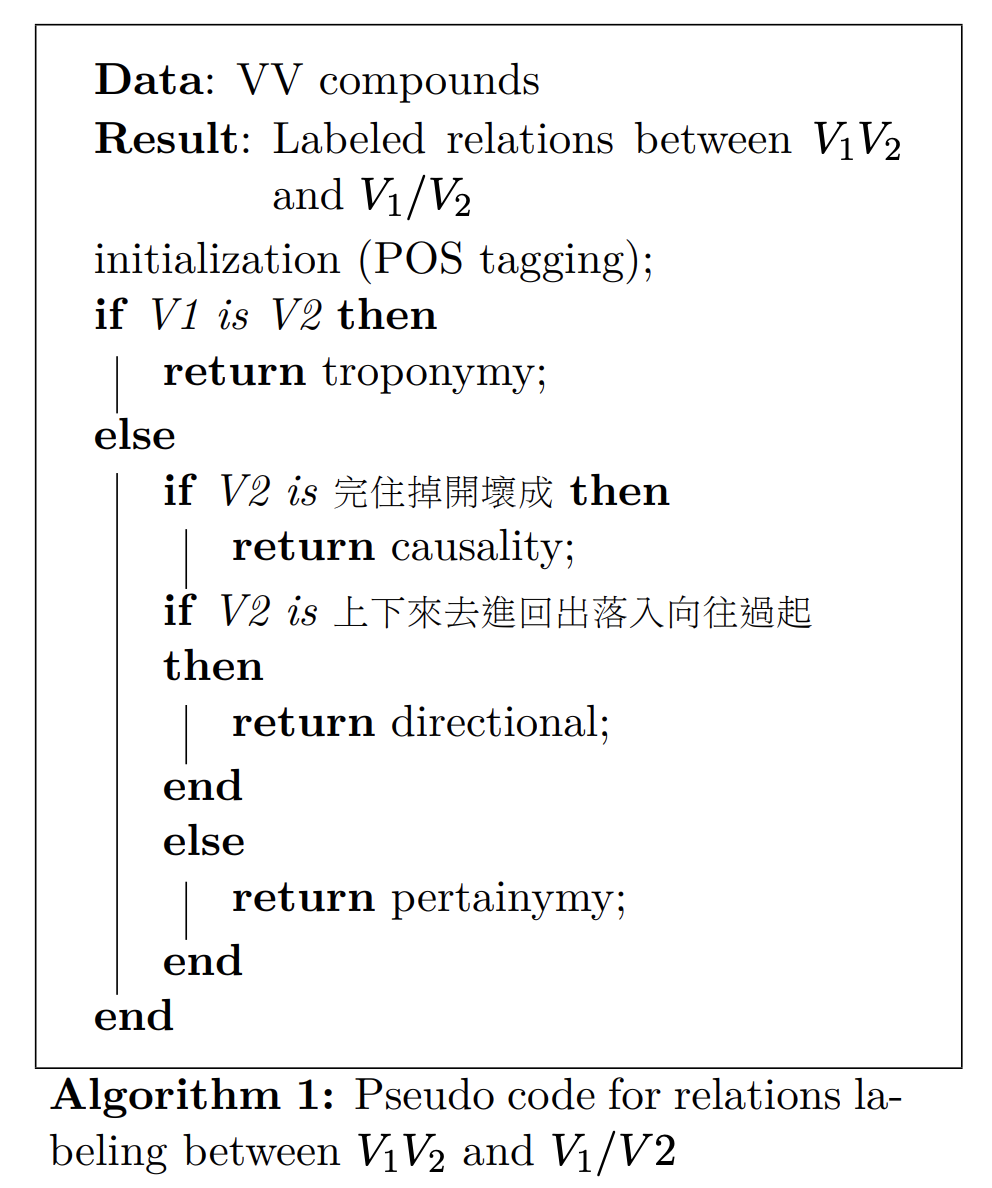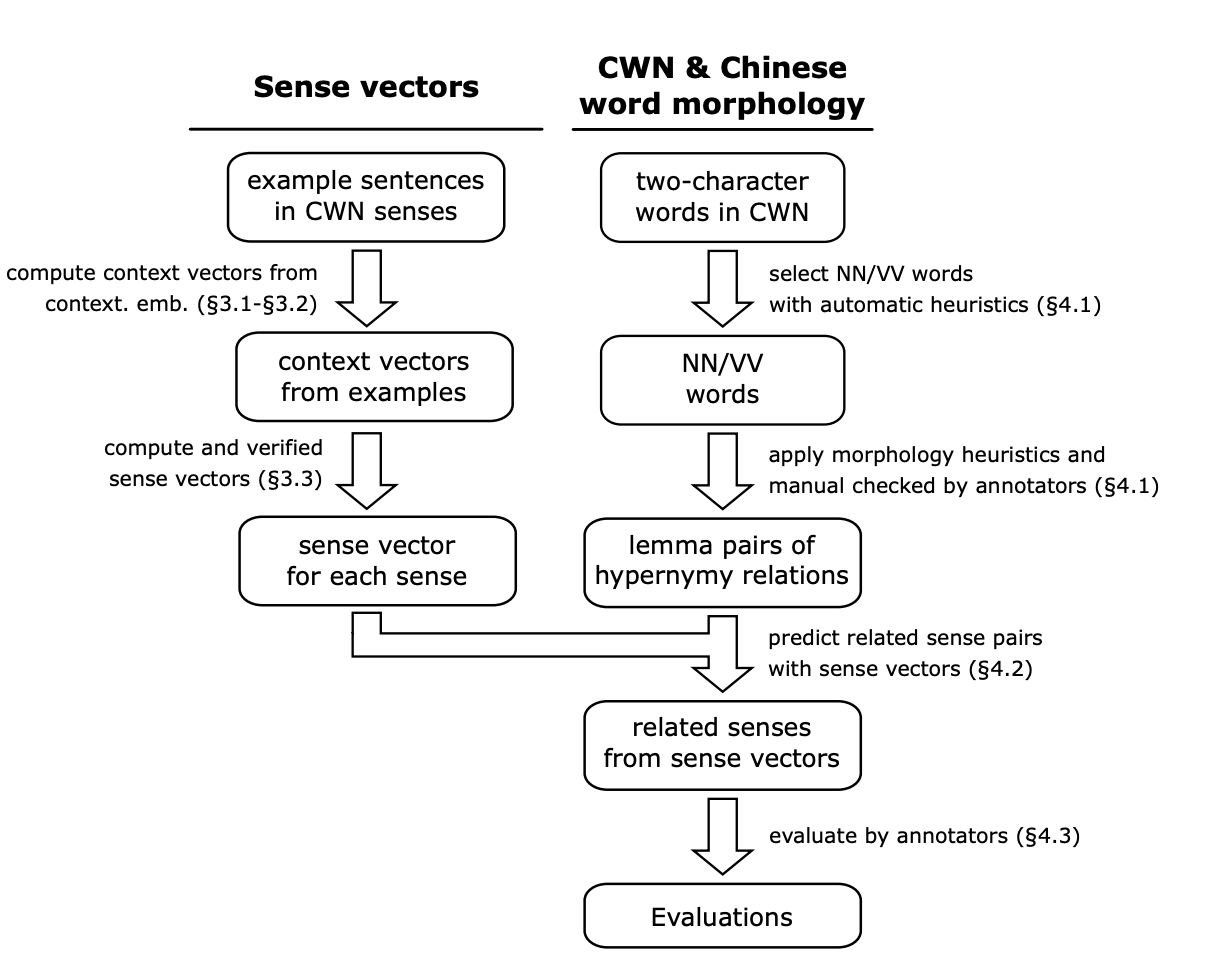Chinese Wordnet 2.0
Toward a dynamic interface of lexical synchrony and diachrony
National Taiwan University
2022-11-02
Outline
- Background
- Chinese Wordnet 2.0: Concepts and Implmentation
- Challenges and Current Works
History
Sinica BOW ((C.-R. Huang, Chang, and Lee 2004), 2000-2004)
Chinese Wordnet at Academia Sinica (2005-2010)
Chinese Wordnet at NTU Taiwan (2010-)
Note
Note that there are more than one Chinese Wordnet.
WordNet architecture
Two core components:
- Synset (synonymous set)
- Paradigmatic lexical (semantic) relations: hyponymy/hypernymy; meronymy/holonymy, etc
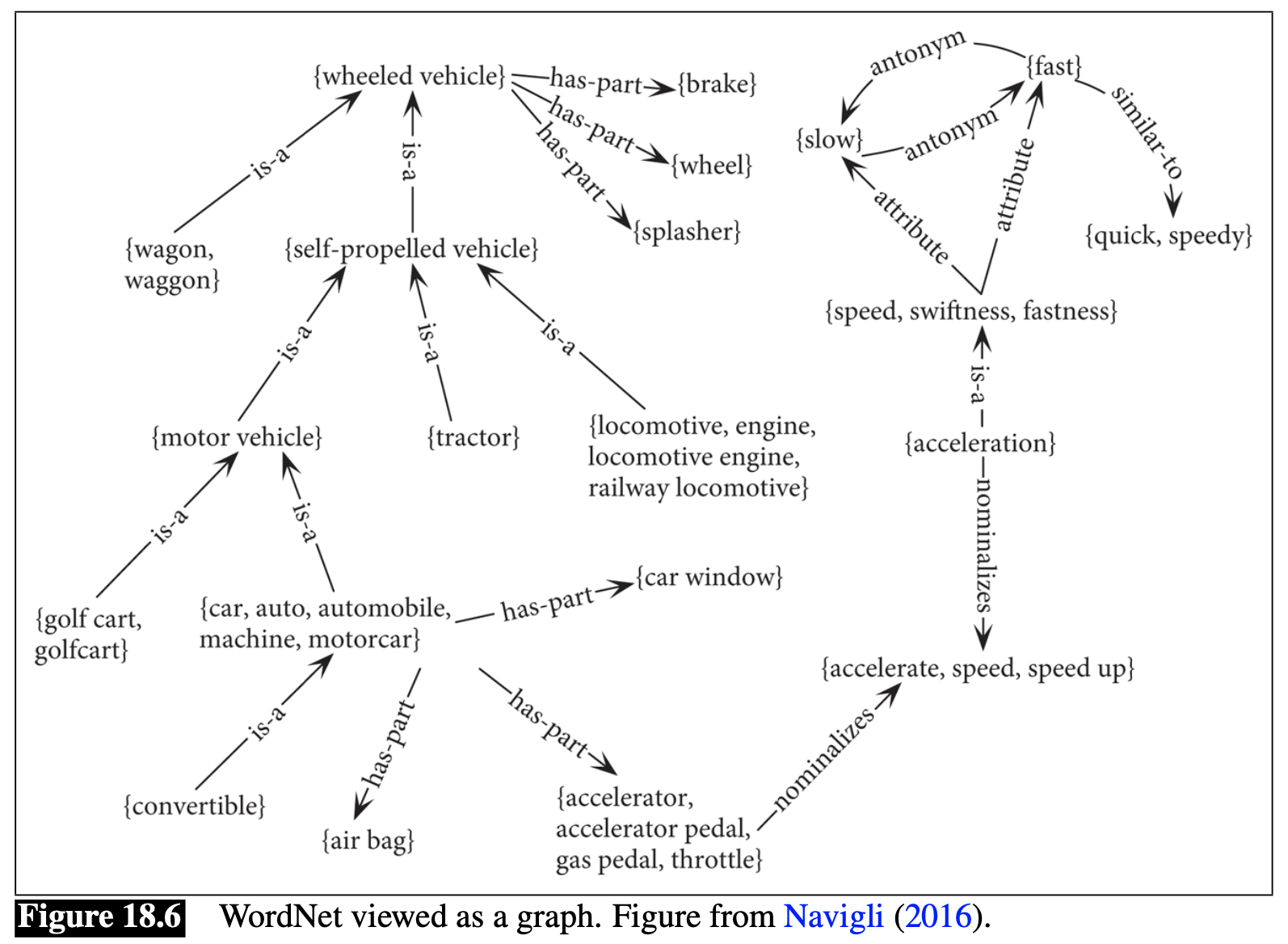
Chinese Wordnet
Follow PWN (in comparison with Sinica BOW)
Word segmentation principle (C.-R. Huang, Hsieh, and Chen 2017)
Corpus-based decision
Manually created (sense distinction, gloss with controlled vocabulary, etc)
The status quo
- latest release 2022
- website online

CWN 2.0 Programmable Search
- The most comprehensive and fine-grained sense repository and network in Chinese
- API and doc freely available

Theories
Some new perspectives in CWN
sense granularity, relation discovery, and gloss with annotation
Meaning facets vs senses

埔里種的【茶】很好喝
Co-predicative Nouns
a phenomenon where two or more predicates seem to require that their argument denotes different things.
Leveraging morpho-semantic relations
Gloss as lexicographic resources with add-ons annotations
Gloss (`lexicographic definition’) is carefully controlled with limited vocabulary and patterns, e.g.,
- Verbs with
VHtag (i.e., stative intransitive verbs) are glossed with “形容 or 比喻形容 …”. - Adverbs are glossed with “表…”
- Verbs with
collocational information, pragmatic information (‘tone’, etc) are recorded as additional annotation.
Data Statistics
Zipf’s law (no surprise)
- Most words have small number of senses (Zipf’s law)

Comparison with others
- CWN is the best candidate
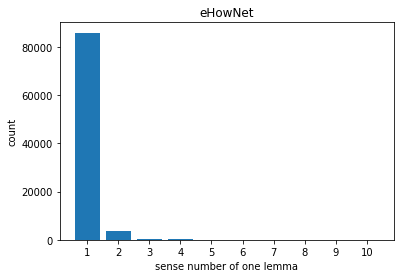

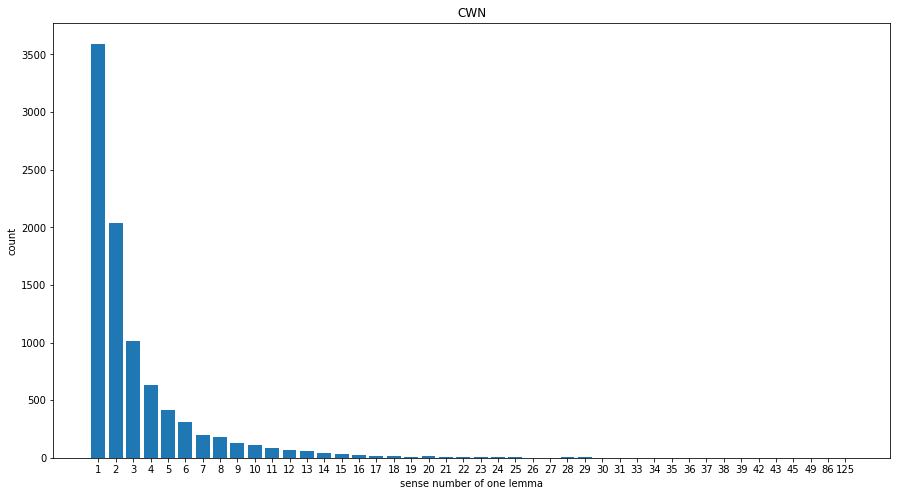
Data summary 1/1
Figure 2 shows the lemma and sense data distribution
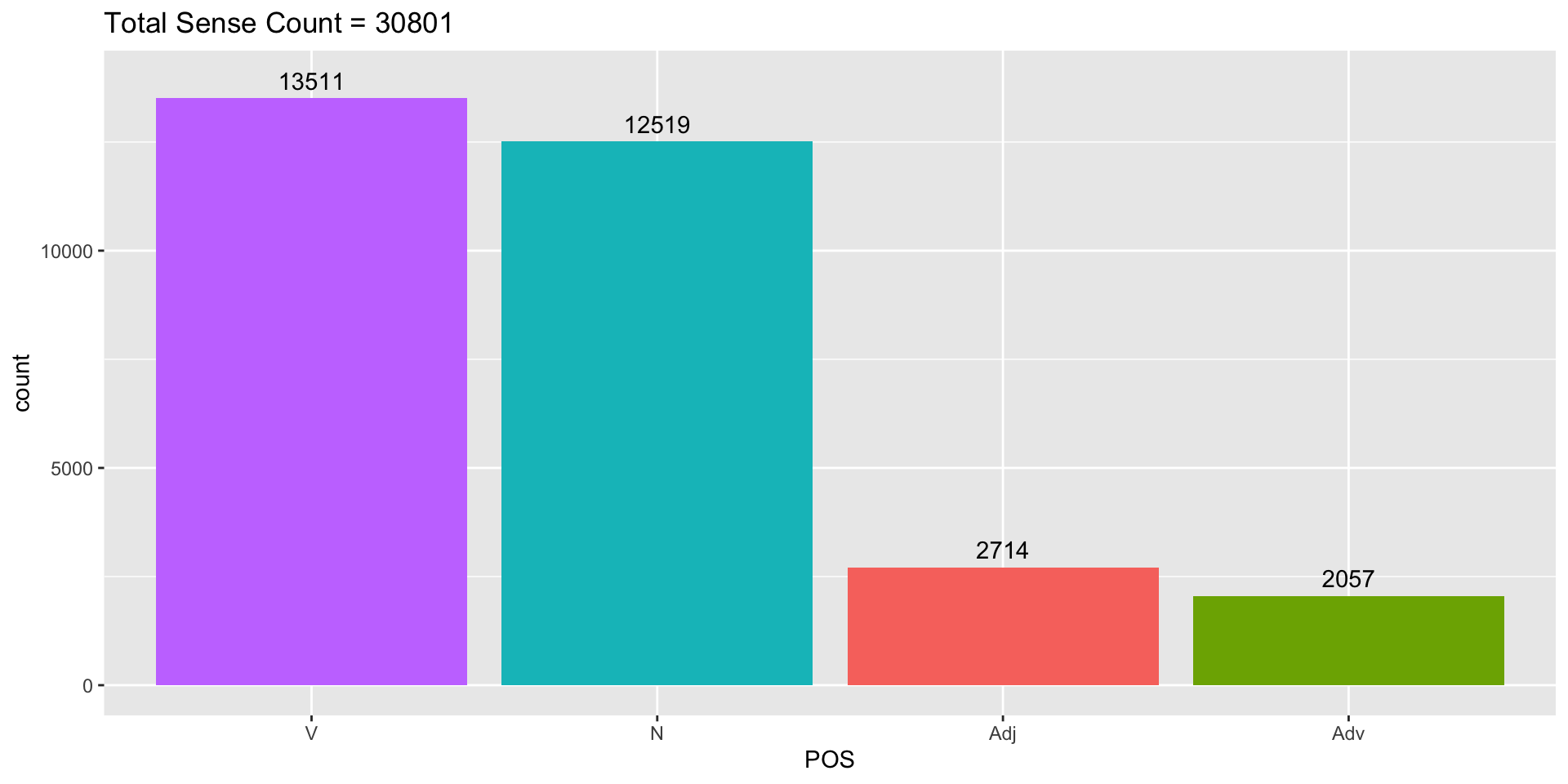
Figure 2: cwn sense data summary
Data summary 2/2
Figure 3 further demonstrates the distribution of different types of relations

Figure 3: cwn relation data summary
Data summary 3/3
Gloss statistics
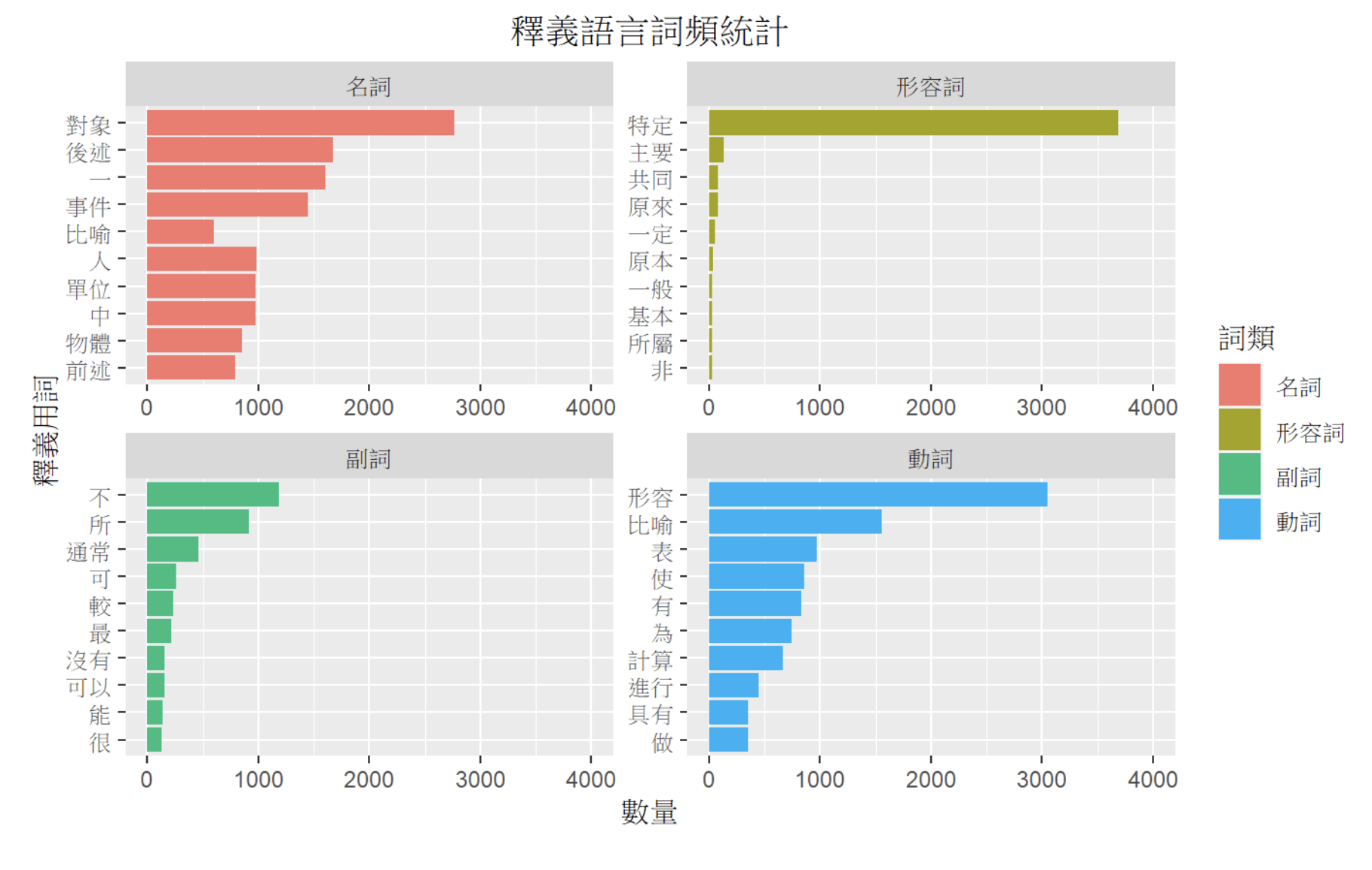
GraphAPI and Visualization

Computational Semantic Representations
- human curated and machine generated lexical semantic resources
- open-sourced (github)
SemCor manually sense-tagged corpus
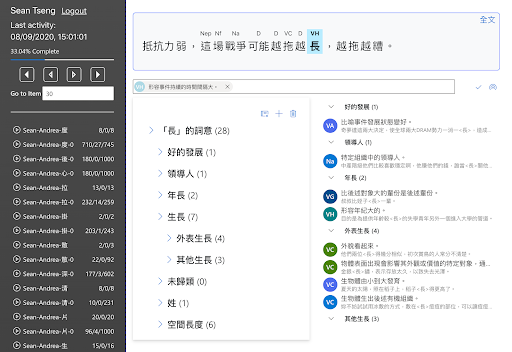

Word Sense Tagger
WSD: The Problems
The task as currently defined does not allow for generalization over different words \(\rightarrow\) learning is word-specific.
Need training data for every sense of every word, and no chance with unknown words. (unsupervised approaches perform consistently worse than supervised approaches)
Cannot capture the sense alternation regularities
![]()
Distributed approach to model the ‘Gradience’
gradience is found is many linguistic categories.
Regular polysemy detection: Using word vector (DI PIETRO 2013)or sense vector (Lopukhina and Lopukhin 2016) to detect sense alternations (such as
FOODorANIMAL)Recent (contextualized) vector representation could help us in locating where a word meaning is on the continuum (/in the multidimensional semantic space).
WSD with Transformer (1)
- Leveraging wordnet glosses using
GlossBert(L. Huang et al. 2019)- a BERT model for word sense disambiguation with gloss knowledge.
- Our extended
GlossBertmodel on CWN gloss+SemCor reports 82% accuracy.
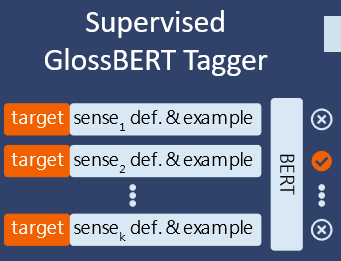
Word Sense Tagger
- APIs (GlossBert version) released in 2021


Word Sense frequencies
Now we have chance to empirically explore the dominancy of word senses, which is essential for both lexical semantic and psycholinguistic studies.
- e.g., ‘開’ (kai1,‘open’) has (surprisingly) more dominant blossom sense over others (based on randomly chosen 300 sentences in ASBC corpus)

Word Sense Embeddings
- We use our tagger to automatically tag ca. 5 millions word tokens in Academia Sinica Balanced Corpus, and indexed the annotated sense.
- word sense frequency data are calculated out via the tags.
- tokenize the index and use word2vec to get the word sense embeddings.
Other related works
- Resolving Regular Polysemy in Named Entities (Hsieh et al. submitted)

Character Jacobian: Chinese character (root morpheme) lies in the meaning core (Tseng and Hsieh 2022)gloss2vec(Hsieh et al. 2022. submitted)
Chinese(s) in Synchrony and Diachrony
Gradualness change and continual variations
Contemporary Mandarin Varieties
Fusion of Archaic and Modern senses
- resulting in (expressive vs receptive word senses). E.g. 【打】水 (`to pump our water out of a well’.)
Contemporary Mandarin Varieties
The puzzle of affixoid
The morphological status of affixes in Chinese has long been a matter of debate. How one might apply the conventional criteria of free/bound and content/function features to distinguish word-forming affixes from bound roots in Chinese is still far from clear. Issues involving polysemy and diachronic dynamics further blur the boundaries. (Tseng et al. 2020)
- E.g. 【化】(huà, ‘-ize’)
Change of affixiod status in diachrony
- The indeterminate nature of Chinese affixoids
- Sense status of 家 jiā from the Tang dynasty to the 1980s
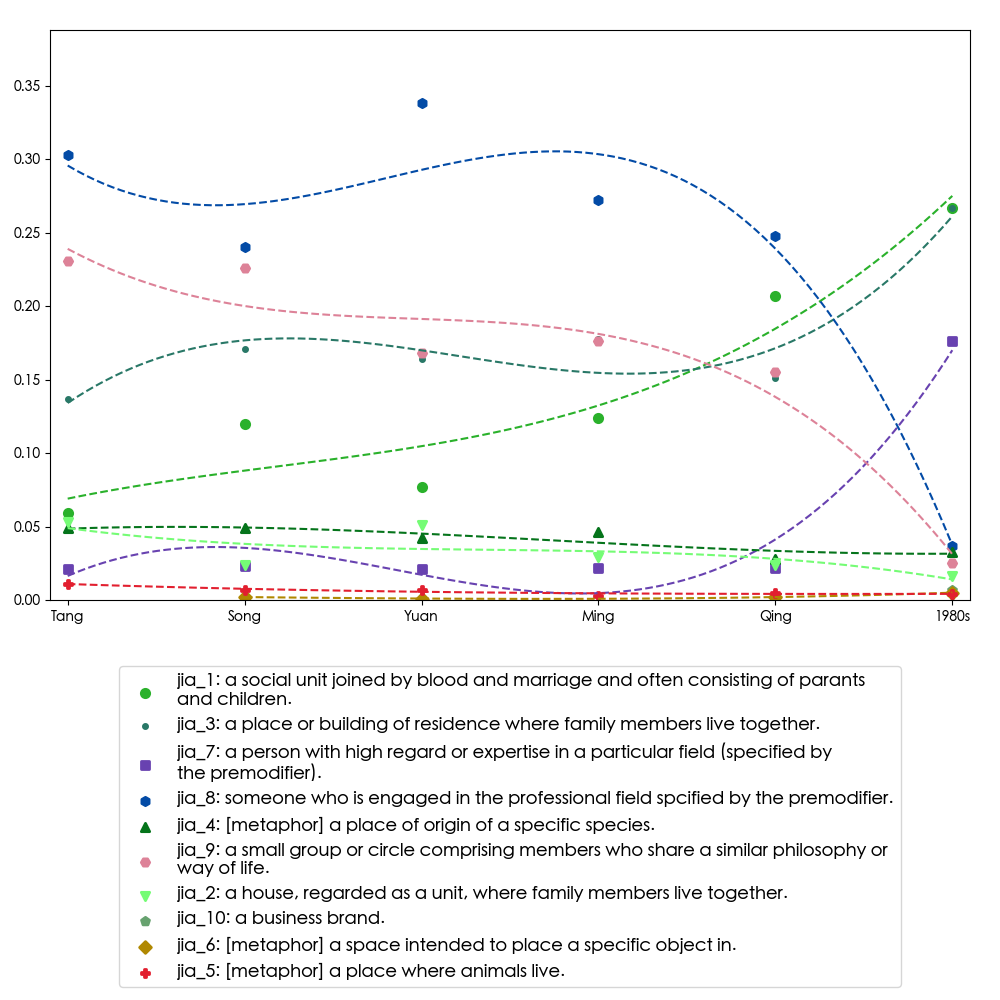
Dynamics in Contemporary Mandarin Chinese(s)
【真香】 (‘zhēn xiāng’, soappetizing)
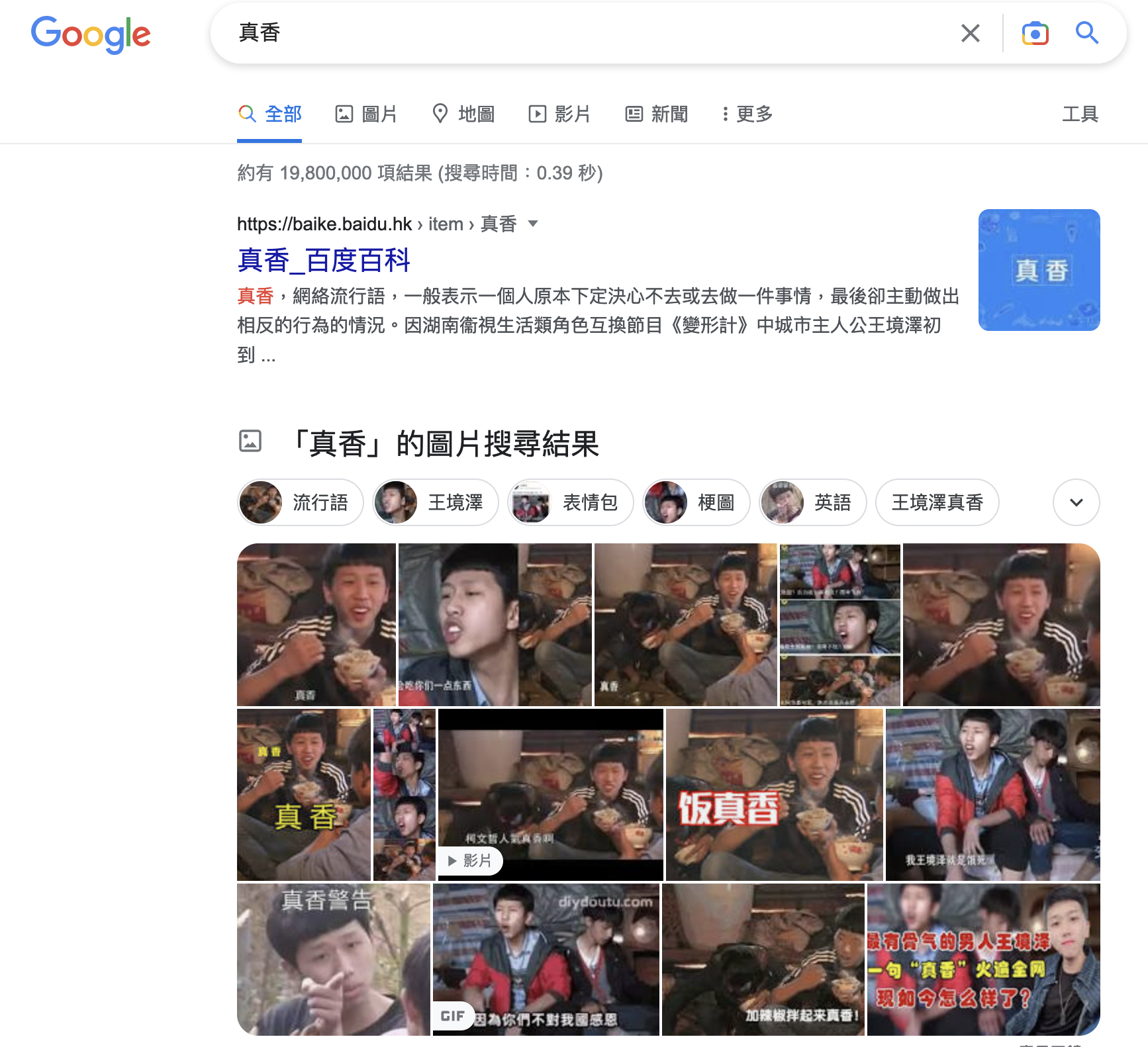
Dynamics in Contemporary Mandarin Chinese(s)
word, construction, word senses
- originally appeared as a fixed phrase in MC (cannot be replaced with other synonymous phrases like 好香)
- gradually spread into TM, but diversified itself into new construction senses, as well as word sense.
World Chinese(s) and Construction Grammar (CxG)
We’ve build a parallel corpus of Mandarin in Mainland China and Taiwan, and
Corpus data collected from movie titles and TED talks.
A intralingual Machine Translation system has been developed and Sense Mapping/Inducing system is in process.
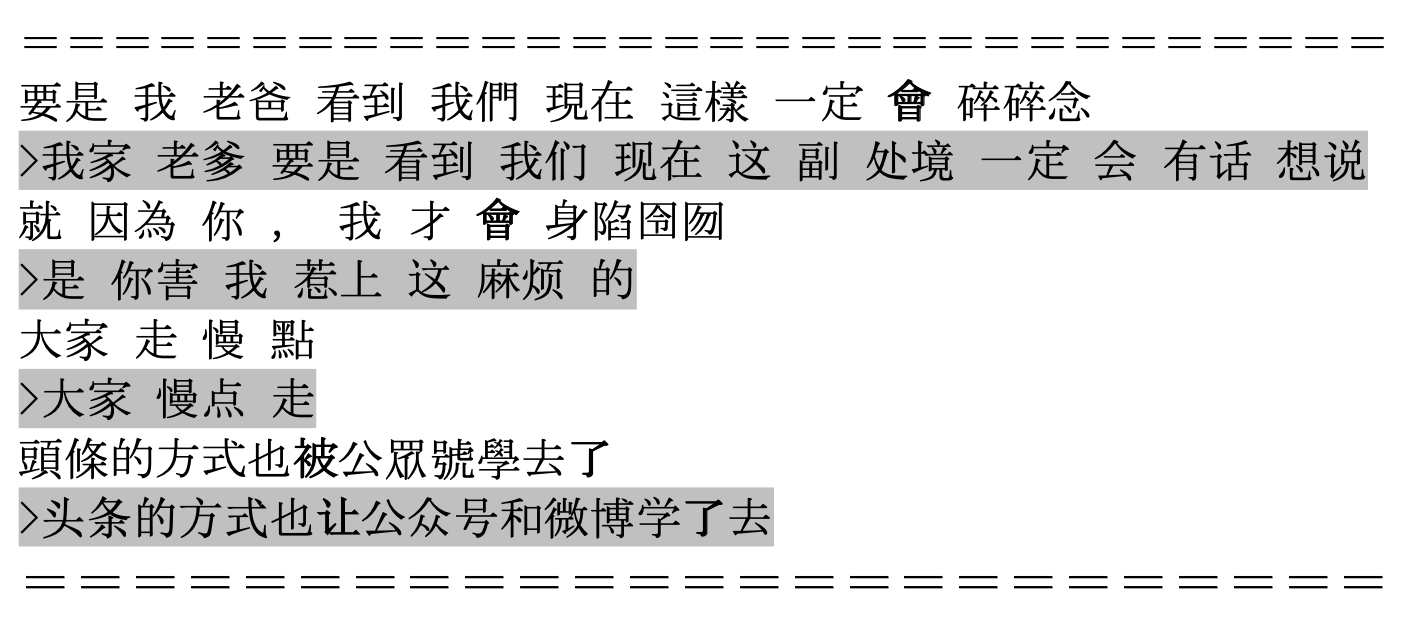
Challenges and On-going Works
The haunting issues of
wordhood(and the beautiful scene it has brought us into)
Re-theorizing
Chinese Wordnet beyond word
Form-meaning pairs
Construction has its own sense
- ( ‘還在那邊’)
Need to broaden the concept of word
Construction Sense Disambiguation
Re-structuring Ontologies
synset-structured (lexicalized) ontology doesn’t (seem) work well
unlabeled root vs embodied body


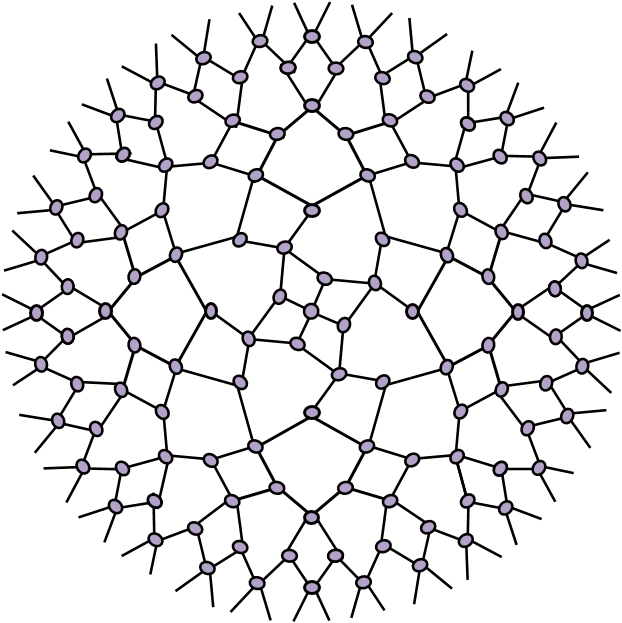
Conclusions
Chinese(s) are neighbors themselves.
Wordnet framework serves as a mirror for Chinese synchronic and diachronic varieties.
Reference

